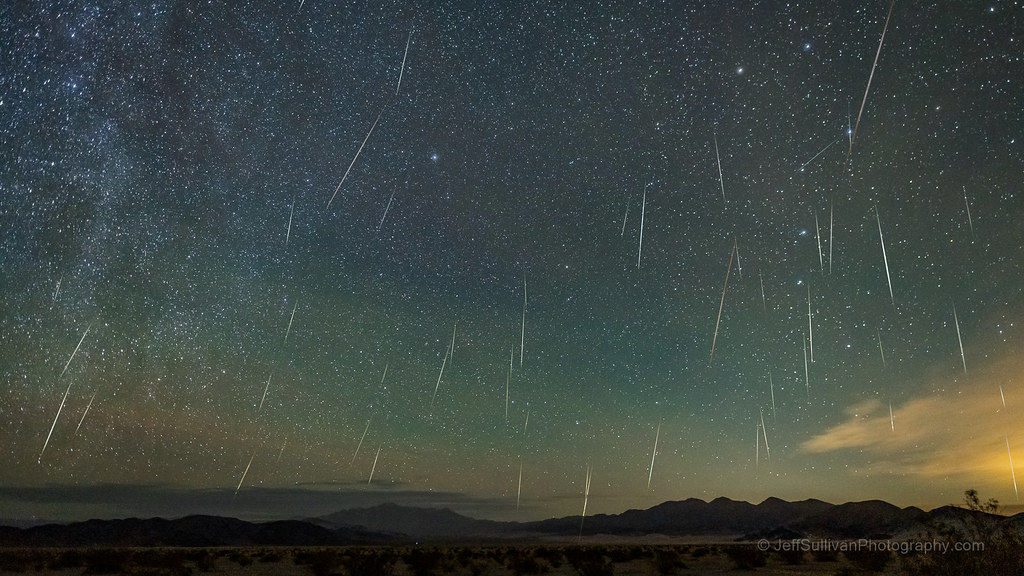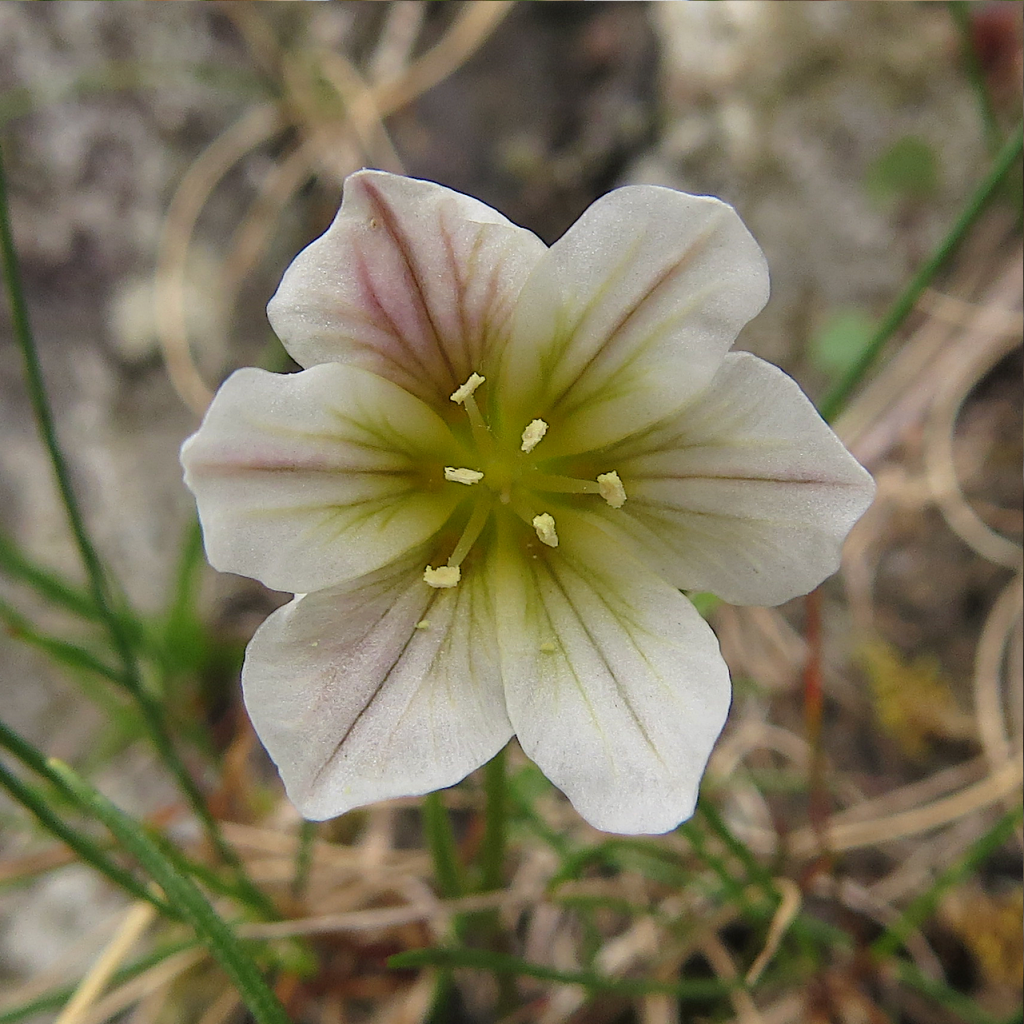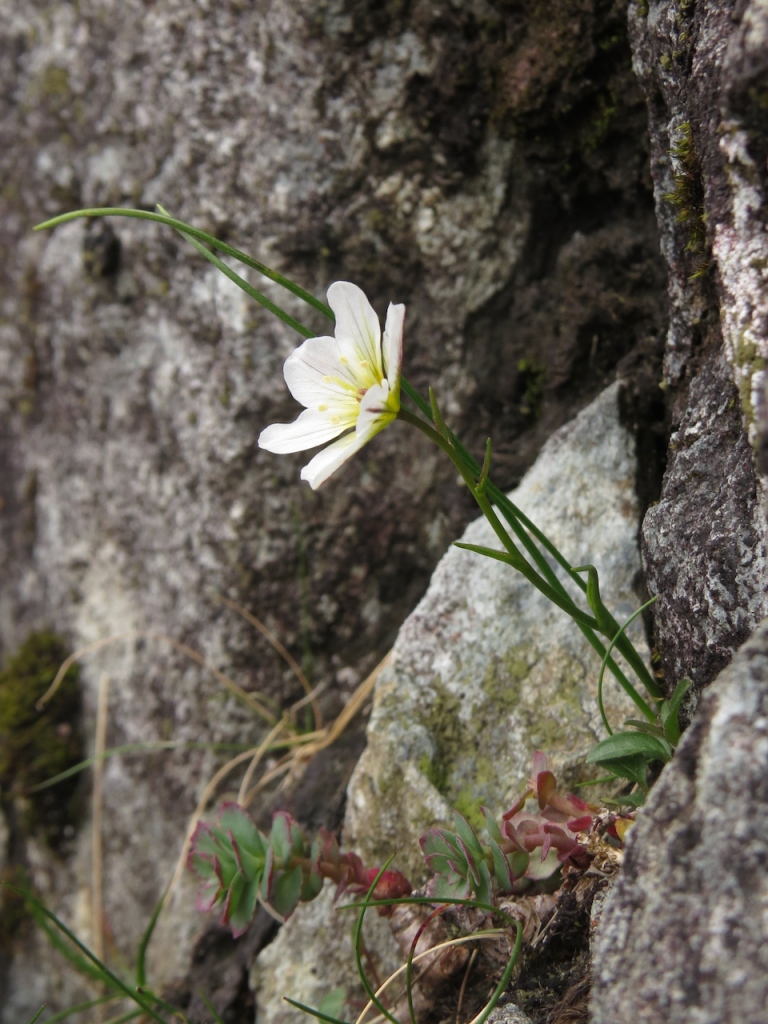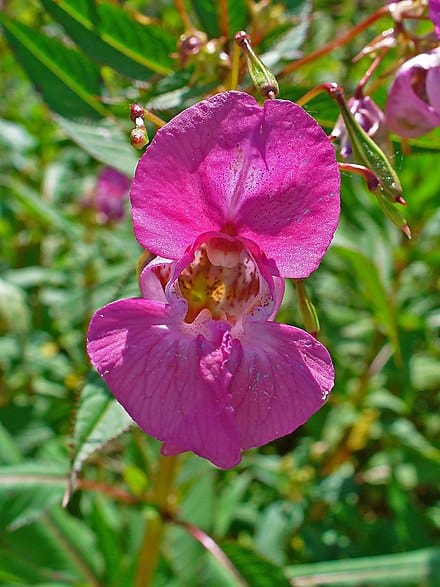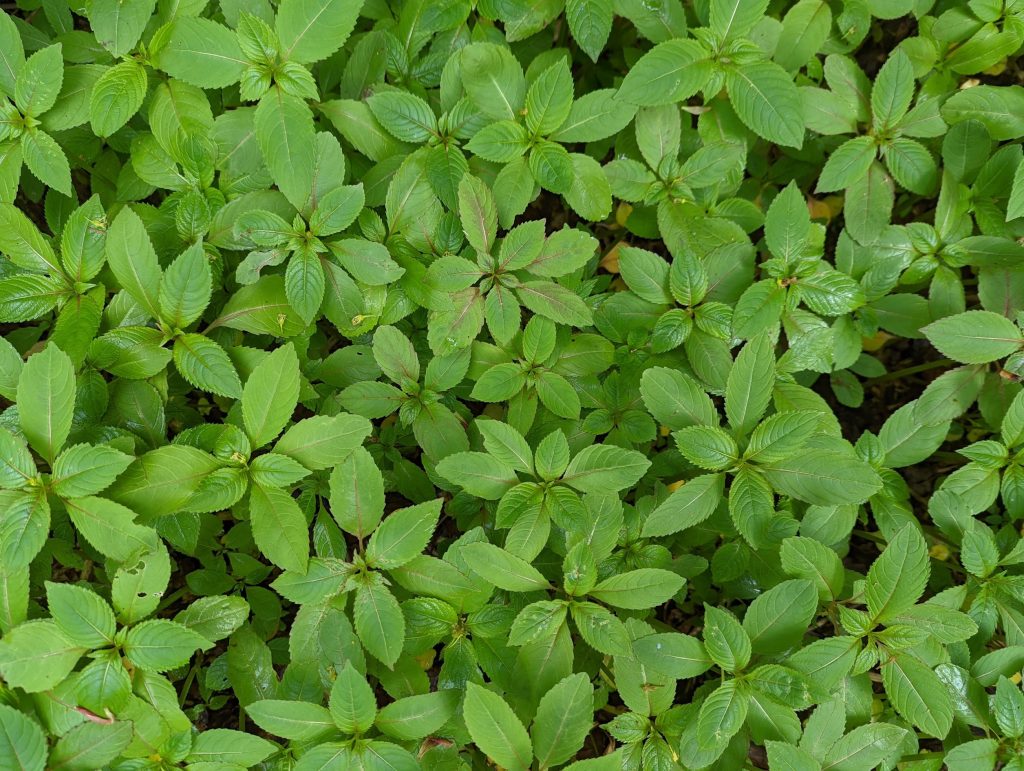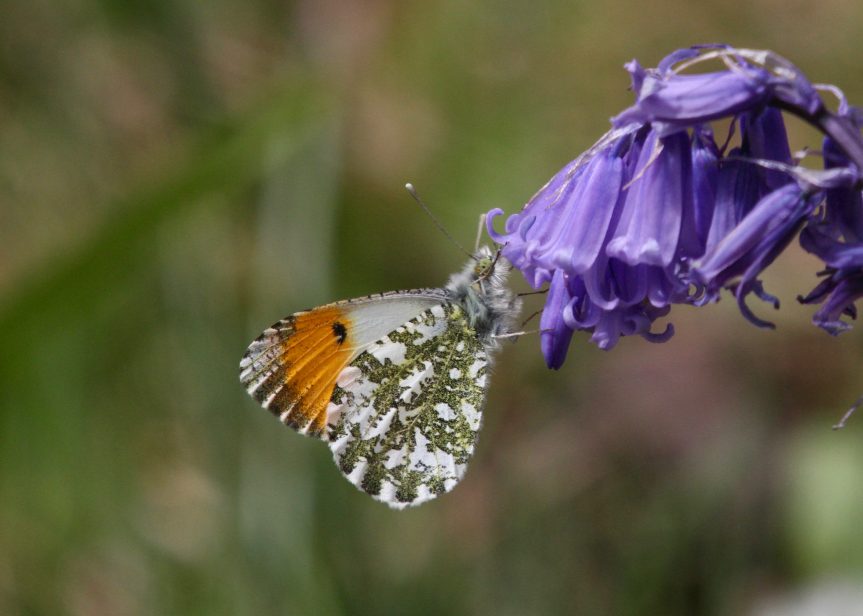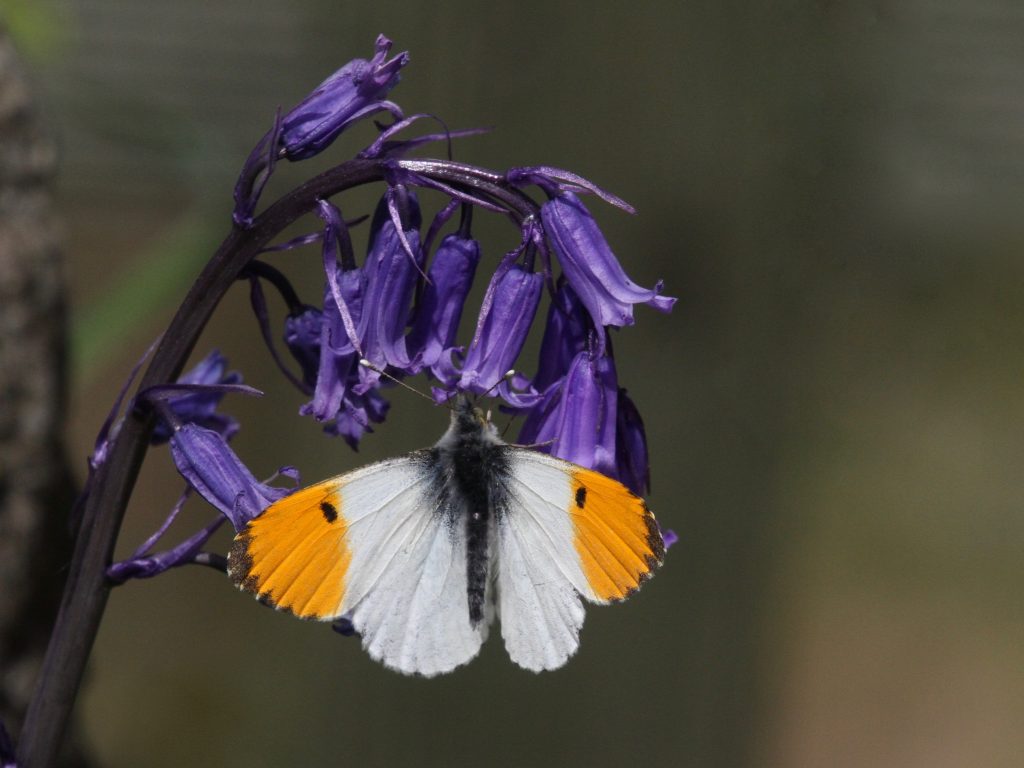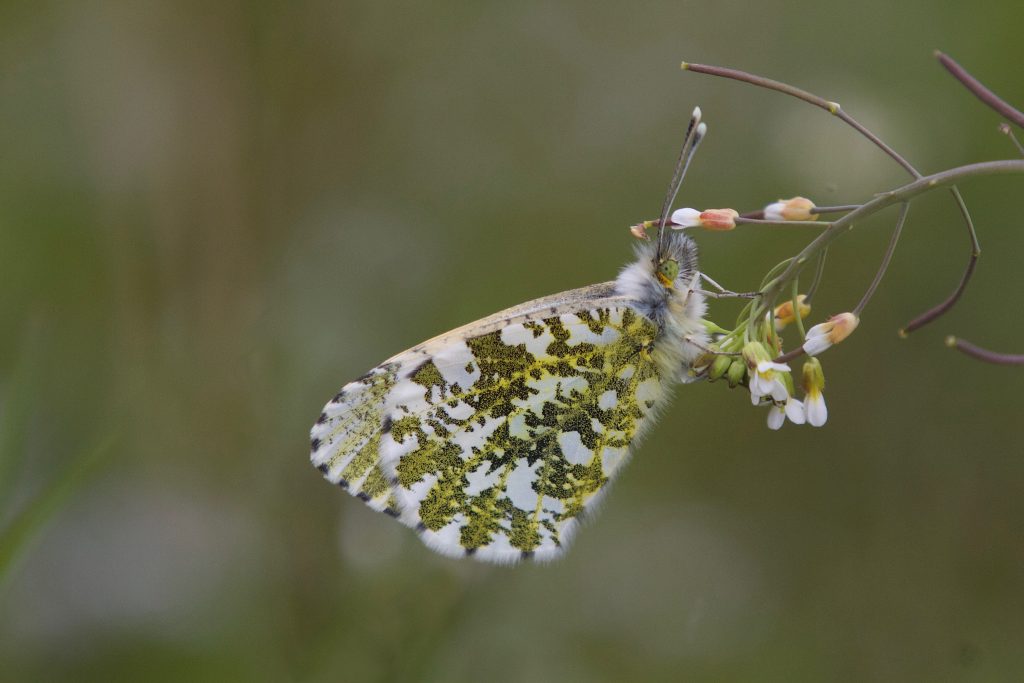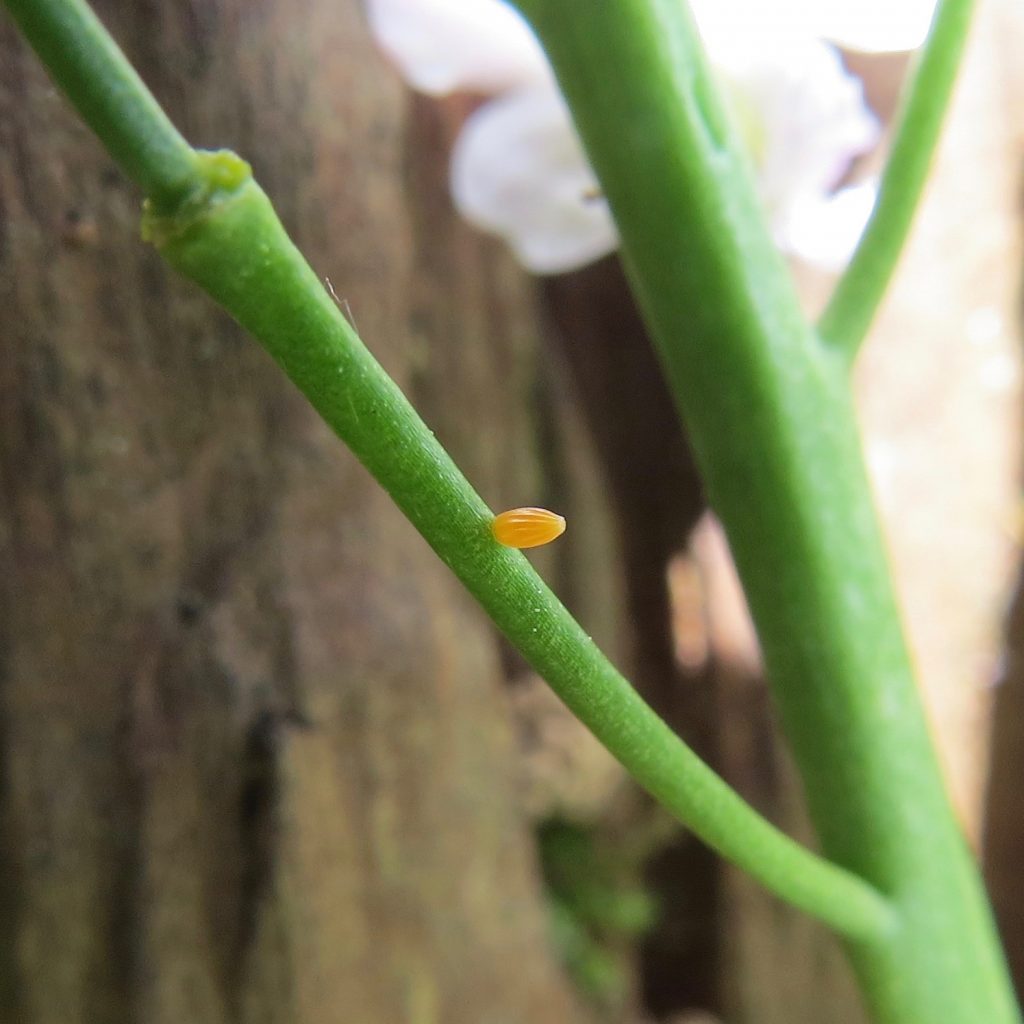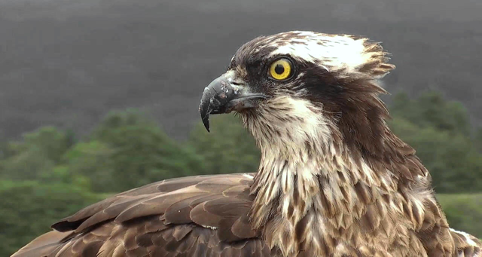Are you aware of Asian Hornets?
The following is taken from the RSPB website:
The Asian Hornet poses a significant threat to the UK’s wildlife and the RSPB urges the public to report any sightings to the relevant authorities.

Asian Hornets in Europe
Asian Hornets were inadvertently brought to France in 2004, most likely in a shipment of goods imported from east Asia. Since arriving in France, the species has spread rapidly. It is now present across France and is moving into adjoining countries.
The threat from Asian Hornets
The Asian Hornet is a non-native species in the UK, as it hails from east Asia and could not arrive in the UK naturally.
The concern around the Asian Hornet is that it is a significant predator of bees. In France, it has consumed large numbers of bees, including the well-known European honey bee and many lesser-known solitary and colonial bee species. Nature conservation organisations, including the RSPB, are concerned about the impacts of Asian Hornets on bees, as these pollinating species are an essential component of well-functioning ecosystems.
How you can help
The Governments of the UK have robust strategies in place to respond to any reports of Asian Hornets in the UK. However, the Governments can only enact these strategies once Asian Hornets have been reported to them.
Consequently, the RSPB urges everyone to be vigilant for Asian Hornets and to report any suspected sightings to the relevant authorities.
Full details of how to ID Asian Hornets and who to report them to can be found here.
Have you seen an Asian Hornet?
Any suspected sightings should ideally be reported with a photograph via the Asian Hornet watch app or the online reporting form. For more details on identification and reporting please visit the Asian Hornet alert page.
Identify Asian Hornet
The following is from the Bee Keepers Association website:
- Does it look very black?
- Has it got a wide orange stripe on 4th segment of abdomen?
- Do its legs look as if they have been dipped in yellow paint?
Image by David Walker and used courtesy of NBU

